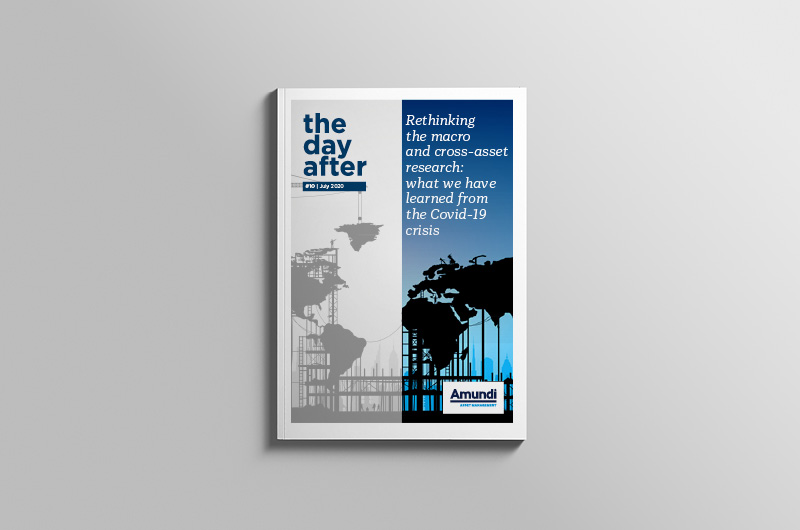Six reasons Telstra will lead markets post COVID-19
As a change of pace, I’ve taken a look at the outlook for Telstra both during and post COVID-19. The share price fell from a high of around $4.0 in February to around $3.04 in mid-March and still sits around $3.15 today. That’s a 20% fall despite the company being significantly sheltered from the events occurring around the globe. Whilst I am prone to buying a value trap, attracted to those stocks that are unfavoured by the market, I believe the experts may be missing something on Telstra. In my view, there are multiple reasons to be positive about the outlook for the business and very few to be concerned about.
Microsoft partnership
Many shareholders are unaware, but Telstra is one of Microsoft’s major partners in Australia for the delivery and rollout of their world-leading Azure platform, including the now widely used Sharepoint and OneDrive cloud storage platforms. This forms part of Telstra’s enterprise of Network Applications and Services division, which also includes commercial installations of the NBN. Telstra has an extremely skilled enterprise team that assist companies in gaining the efficiencies associated with digitising their business process and offers an incredible growth opportunity. This was best highlighted by the CEO of Microsoft Satya Nadella recently stating that some ‘2 years of digital transformation has occurred in just 2 weeks’. A powerful them if I’ve ever seen one.
Dividend sustainability
Management did the unthinkable a few short years ago, cutting the dividend which had neared a payout ratio of 100% of earnings. Not only was this an important decision for the company, allowing greater investment back into its growth opportunities, but was a precursor to what we are seeing today. Two of the four major banks, ANZ and Westpac, didn’t reduce but entirely deferred and potentially cancelled their dividends for the first half of 2020. The COVID-19 crisis has seen the transition to a near cashless society occur in just a few weeks and exposed some old-fashioned businesses for the lack of investment in themselves. Whilst Telstra’s dividend may be lower, it is more sustainable and has allowed the company to focus on reinvention.
Telstra Ventures
This leads us to the underappreciated Telstra Ventures division, it’s high growth venture capital portfolio of investments. Where a company like Facebook or Google attracts plaudits for the many acquisitions it makes, income starved investors tend to view growth as a bad thing for Telstra. Yet the company has been actively investing in a broad range of leading technology businesses which can benefit itself and many of its customers. Recent examples including investments in Docu Sign and Box App, digital storage options, a holding in Snapchat and a particular focus on Cyber Security via AttackIQ.
Mobile Network
Despite the merger of TPG Telecom and Vodafone finally receiving approval, it may be too little too late in the battle for supremacy in Australia. Where Telstra’s used to be the uncompetitive, expensive provider with poor systems but the best network, its Telstra 2022 strategy has seen the business turn the corner. I learned this first hand recently when negotiating a new business contract for my handset, and being told there was now only 3 options to choose from, not the 10 – 12 legacy plans that existed previously. Telstra is already well ahead and established as the leader in the 5G space, and is one of the few providers committing enough capital on a regular basis to ensure the highest quality network remains around the country.
Traditional Sales
The majority of analyst attention on Telstra is focused on replacing the income lost to the NBN, yet this information is irrelevant for those investing in the future. The company will not be what it was prior to the NBN being completed, nor should shareholders want it to be. It was bloated, inefficient and unable to evolve its business due to the anchor of an inflated dividend. Telstra continues to receive the lion’s share of NBN installations along with mobile handset plans, ensuring its profitability for years to come. Interesting, after an unfortunate accident with my own smartphone in the middle of the COVID-19 shutdown I was informed that the demand for networking products had grown exponentially in just a few weeks as work from home only began to take off.
Behavioural Bias
The greatest opportunity in Telstra lies in its weakest selling point; underperformance for many years. Behavioural biases mean that Telstra remains an income payer in the minds of retired investors around Australia and many analysts refuse to see the growth opportunities that are beginning to arise. In my view, these biases are what is keeping Telstra from a valuation similar to Charter Communications in the US (NASDAQ:CHTR), which trades on a P/E of 60 times. Maybe management should consider a Nasdaq listing?









